Affiliate links on Android Authority may earn us a commission. Learn more.
POLED vs AMOLED: What is the difference between these OLED technologies?
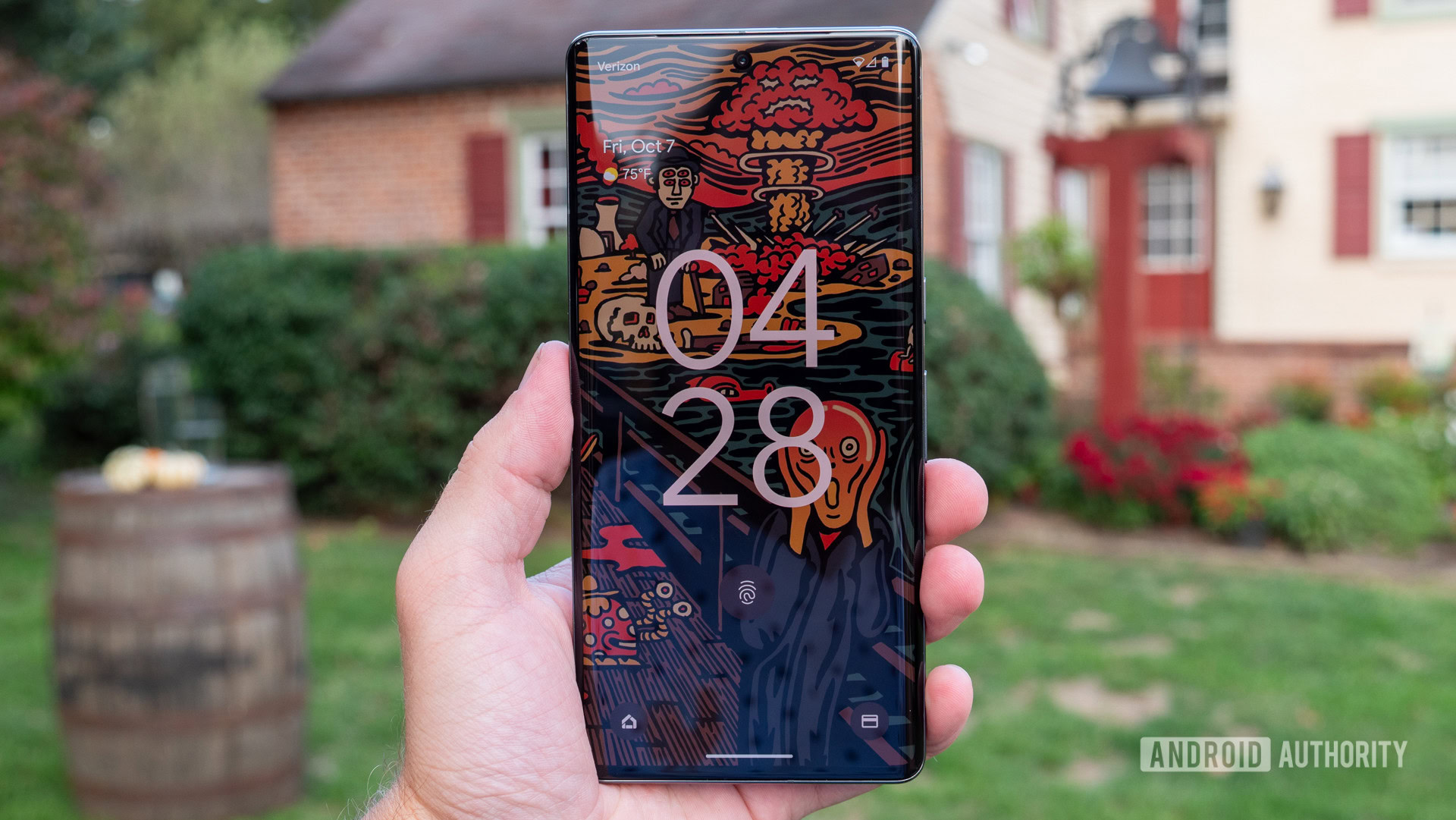
From TVs to smartphones, OLED displays have become increasingly common and accessible over the past few years. That’s especially true in the portable electronics market. While OLED was once reserved for premium devices, you’ll now find the technology at every price point. Not every OLED display is equal, though — differences in materials and manufacturing processes can result in varying display qualities. So in this article, let’s understand how POLED differs vs AMOLED, and what these acronyms mean in the real world.
POLED and AMOLED are simply two different types of OLED displays, primarily made by LG and Samsung Display respectively. The P in POLED refers to the use of a plastic substrate, while the AM in AMOLED stands for Active Matrix.
However, all modern OLED displays use a plastic substrate and active matrix technology these days. So whether your smartphone has a POLED or AMOLED screen, you're unlikely to notice much of a difference. Keep reading for more details.
JUMP TO KEY SECTIONS
The basics of OLED technology
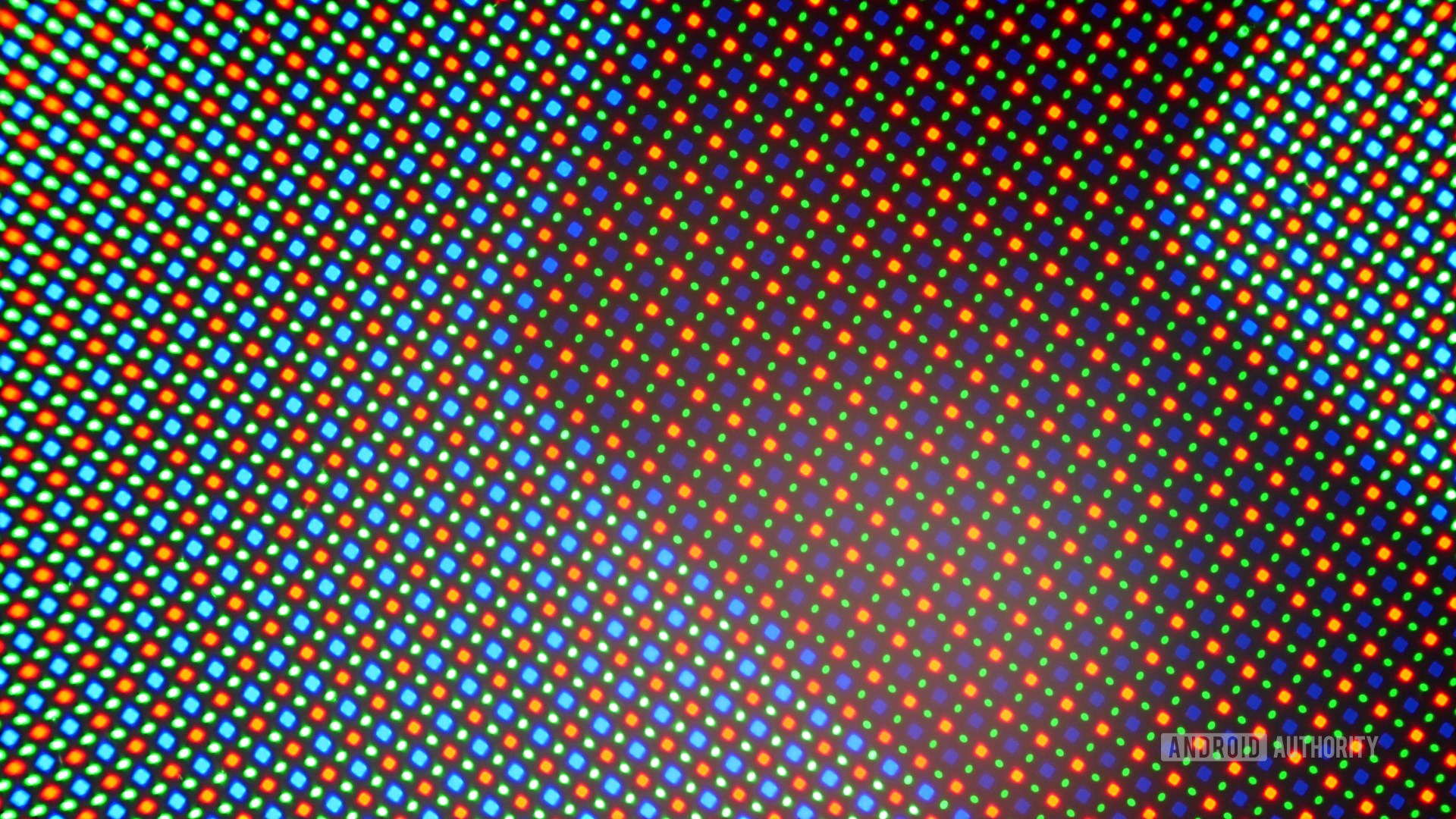
Before we can discuss the difference between POLED and AMOLED, it’s worth understanding how OLED displays work in general. To that end, let’s ignore the P and AM prefixes for now.
An OLED panel consists of millions of organic light-emitting diodes. These are tiny little components that light up when current is applied to them.
One of the key benefits of OLED over conventional LCDs is that individual light emitters can be switched completely off.
If you look at an OLED display under a microscope, you’ll see these diodes arranged in various red, green, and blue configurations in order to produce a full range of colors. OLED has a key advantage over conventional LCDs — individual light emitters can be switched completely off. This gives OLED deep blacks and an excellent contrast ratio.
Naturally, light emitters in an OLED display need a power source in order to function. Manufacturers can use either a passive wiring matrix or an active wiring matrix. Passive matrix displays provide current to an entire row of LEDs, which isn’t ideal but it is cheap. An active matrix, on the other hand, introduces a capacitor and thin-film transistor (TFT) network that allows each pixel to be driven individually. This driving matrix is part of the panel that sits on top of a base substrate.
OLED vs AMOLED: Is there a difference?
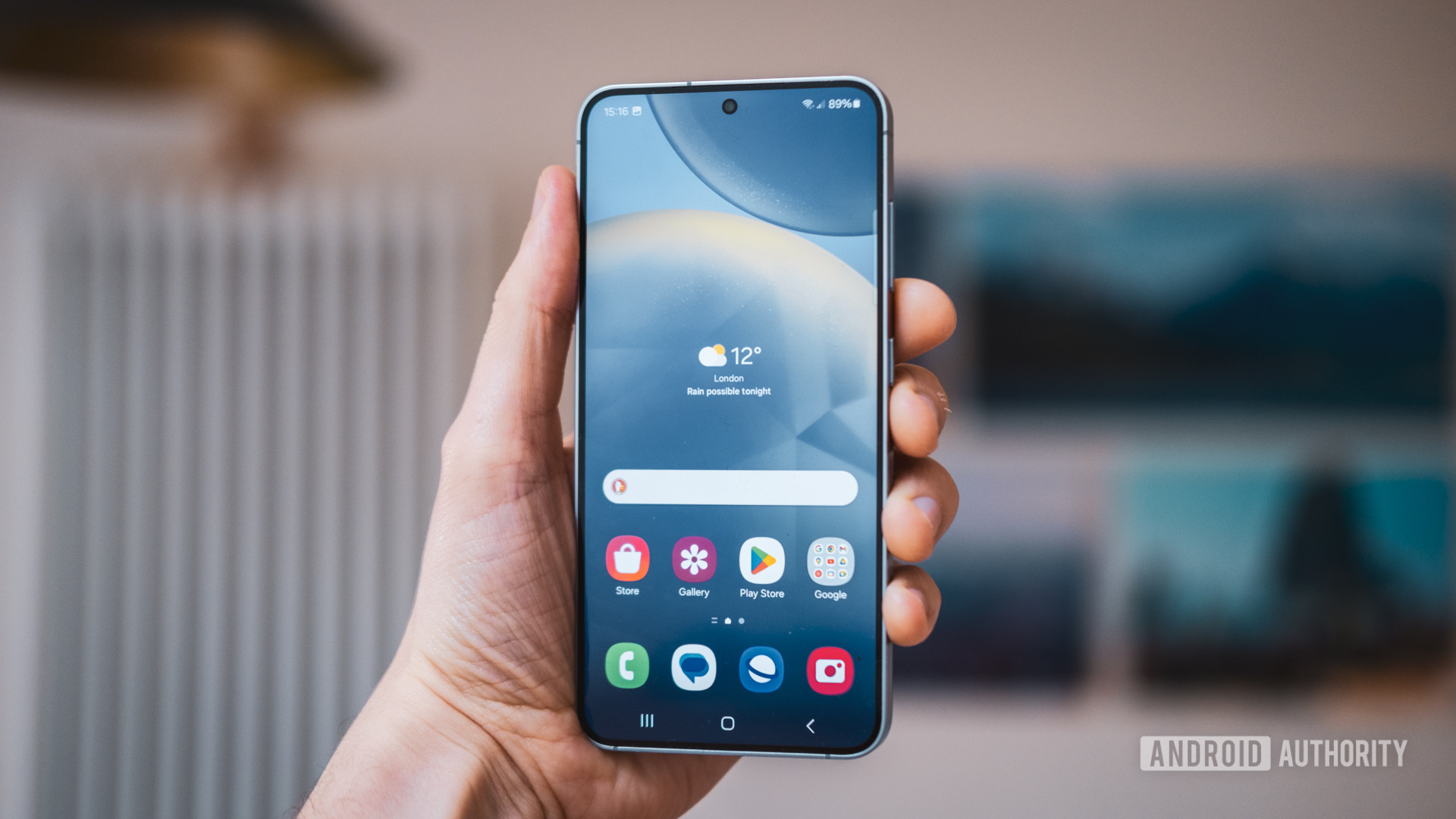
Today, virtually all smartphone OLED displays use active-matrix technology. This is because a passive matrix requires higher voltages the more pixels you introduce. High voltage reduces LED lifetimes, making a passive matrix OLED impractical.
AMOLED simply refers to an Active Matrix OLED panel. The AMOLED branding has become synonymous with Samsung Display’s OLED panels over the years. However, all smartphone OLED panels, including those from Samsung’s rivals like LG Display use active-matrix technology too — they just aren’t marketed as such.
In case you’re wondering what Super AMOLED means, it’s another bit of branding to indicate the presence of an embedded touch-sensitive layer. Similarly, Dynamic AMOLED refers to a display with HDR capabilities, specifically support for Samsung’s favored HDR10+ standard.
Plastic substrates: Putting the P in POLED
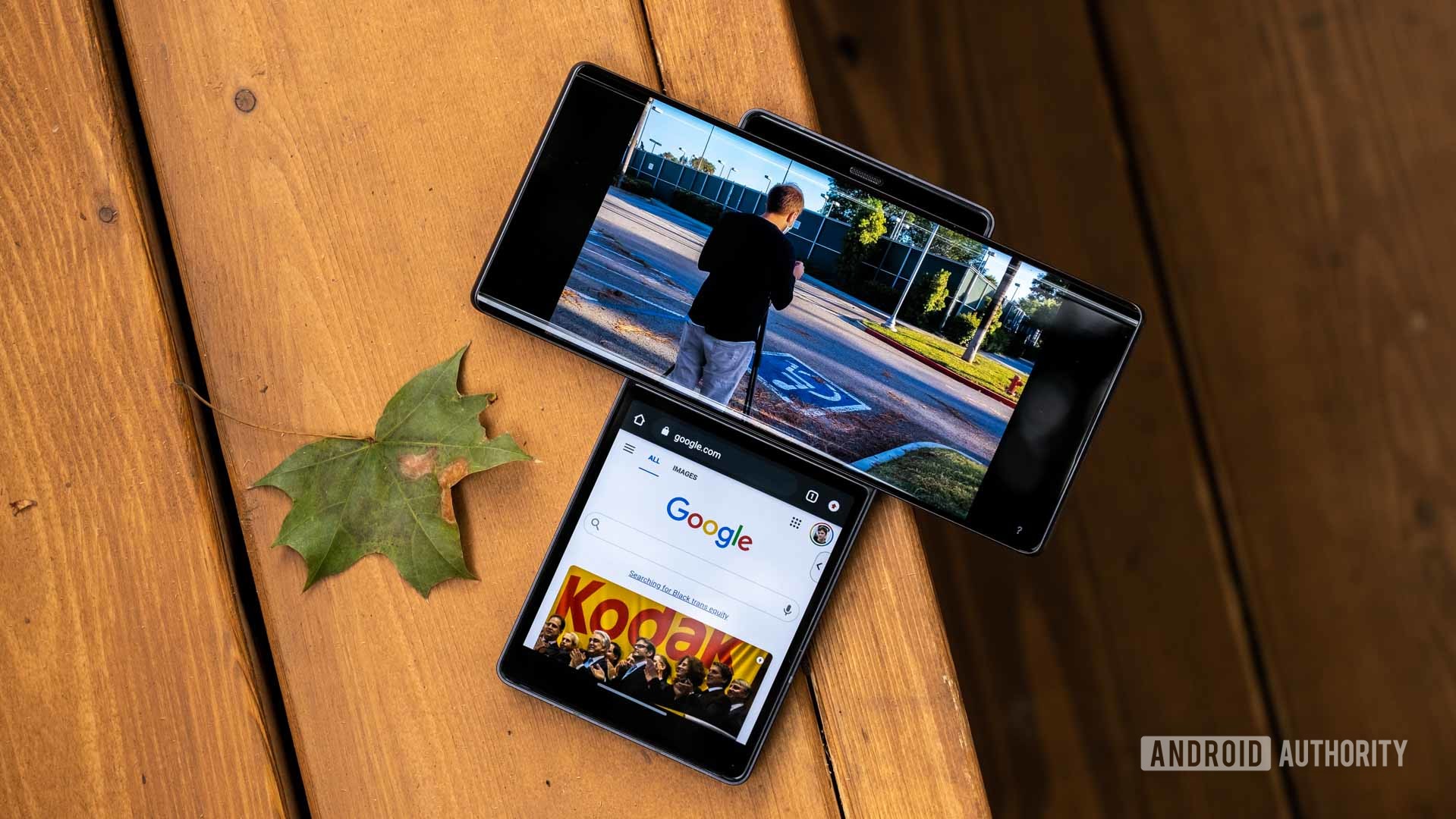
Now that we know the layered structure of an OLED display, we can move on to the plastic part. While the first wave of OLED panels was built using glass substrates, the desire for more interesting form factors has seen manufacturers use more flexible plastic components. This is where the P in POLED comes from.
Glass is fixed and rigid, while plastic substrates can be more easily formed into new shapes. This property is absolutely essential for curved screens as well as foldable devices like Samsung’s Galaxy Fold series. Working with plastics is also much more cost-effective than glass.
Just as AMOLED has become synonymous with Samsung’s OLED panels, LG Display uses POLED as its branding of choice.
Manufacturers have experimented with a range of plastics for flexible displays, including polyethylene terephthalate (PET) and polyethylene naphthalate (PEN). OLED manufacturers have settled on using polyimide plastics (PI) that can better withstand high TFT manufacturing temperatures. The type of substrate and heating process used also defines the flexibility of the display.
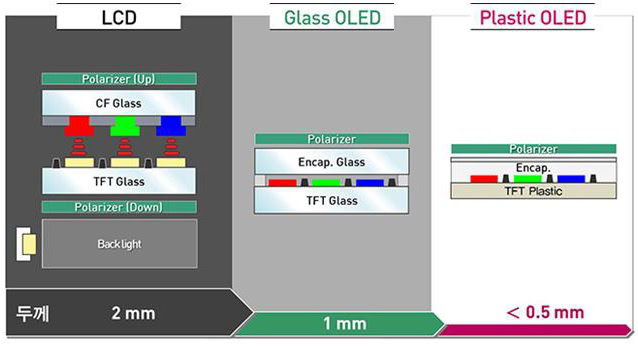
The somewhat confusing part is that Samsung’s AMOLED displays use plastic substrates. And as the name suggests, LG Display’s POLED technology clearly uses plastic as well. In summary, it’s absolutely possible to build a plastic substrate, active-matrix OLED panel. That’s exactly what both of the big two panel manufacturers are doing when it comes to mobile displays.
POLED vs AMOLED: Other panel differences
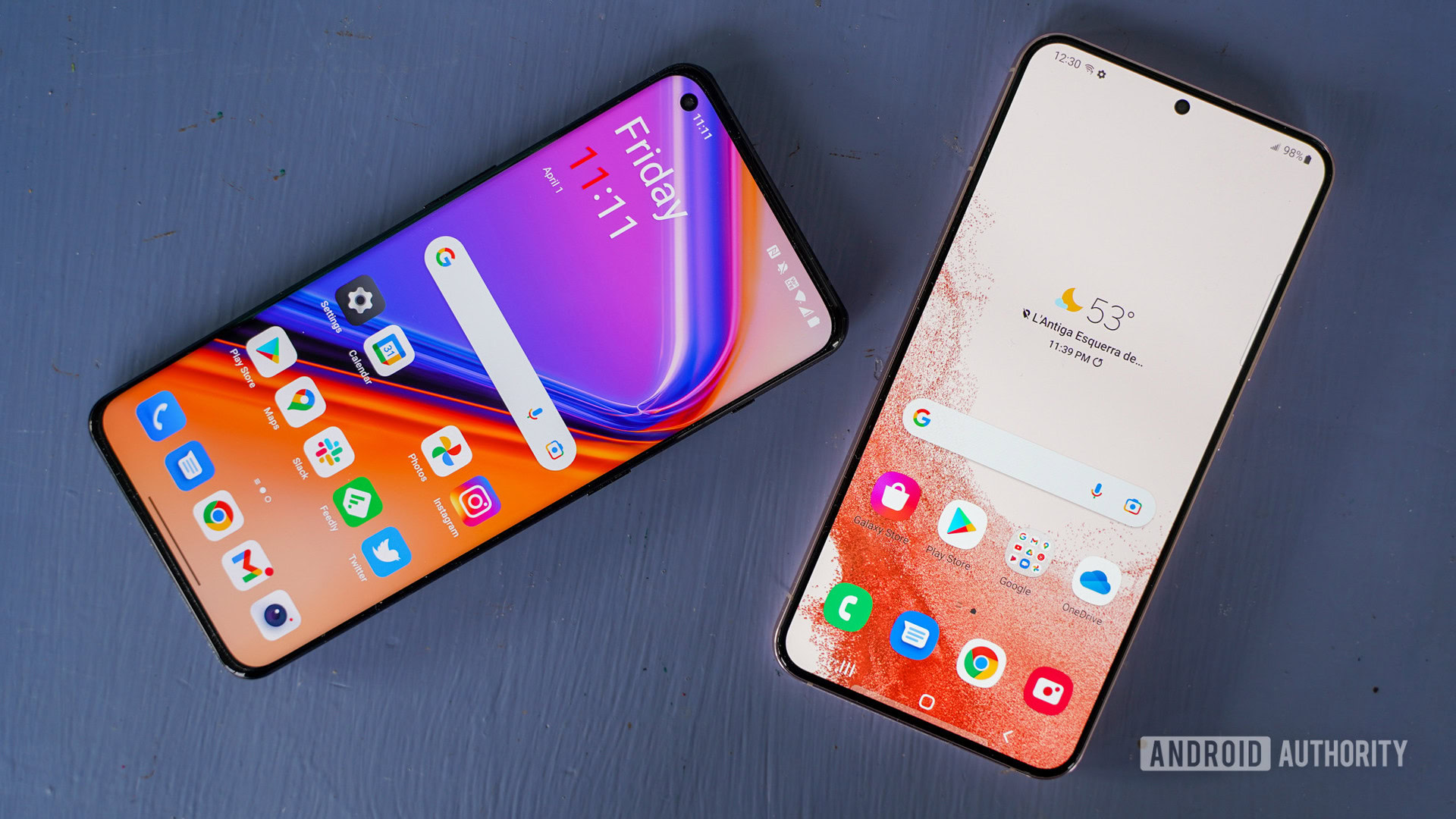
Even though LG and Samsung-made OLED panels qualify as both POLED and AMOLED simultaneously, the companies aren’t exactly producing identical panels. The quality of the TFT layer and plastic compound can make a difference to display performance, as can the type of emitters and sub-pixel layout.
Different color LEDs offer different brightnesses and shelf life. Blue emitters, for example, degrade the quickest. Panel manufacturers can therefore opt to use different LED materials — such as small-molecule, polymer, or phosphorescent — to optimize their designs. This may also necessitate different subpixel layouts in order to balance the panel white point, color gamut, and resolution.
Between peak brightness, color gamut, and subpixel layouts, there can be a range of differences even between panels of the same type.
Over the years, we’ve seen OLED display manufacturers converge on a set of standard parameters. For example, both LG and Samsung use a diamond PenTile sub-pixel layout for smartphone displays. This just means that both should offer similar long-term reliability.
Even when it comes to other attributes like power consumption, brightness, low brightness performance, and panel uniformity, it’s unclear if one has an upper hand. That said, most smartphone makers — from Apple to OnePlus — turn to Samsung’s AMOLED panels for their flagship devices. However, we still see a handful of phones release with P-OLED panels every year.
POLED vs AMOLED: Which is better?
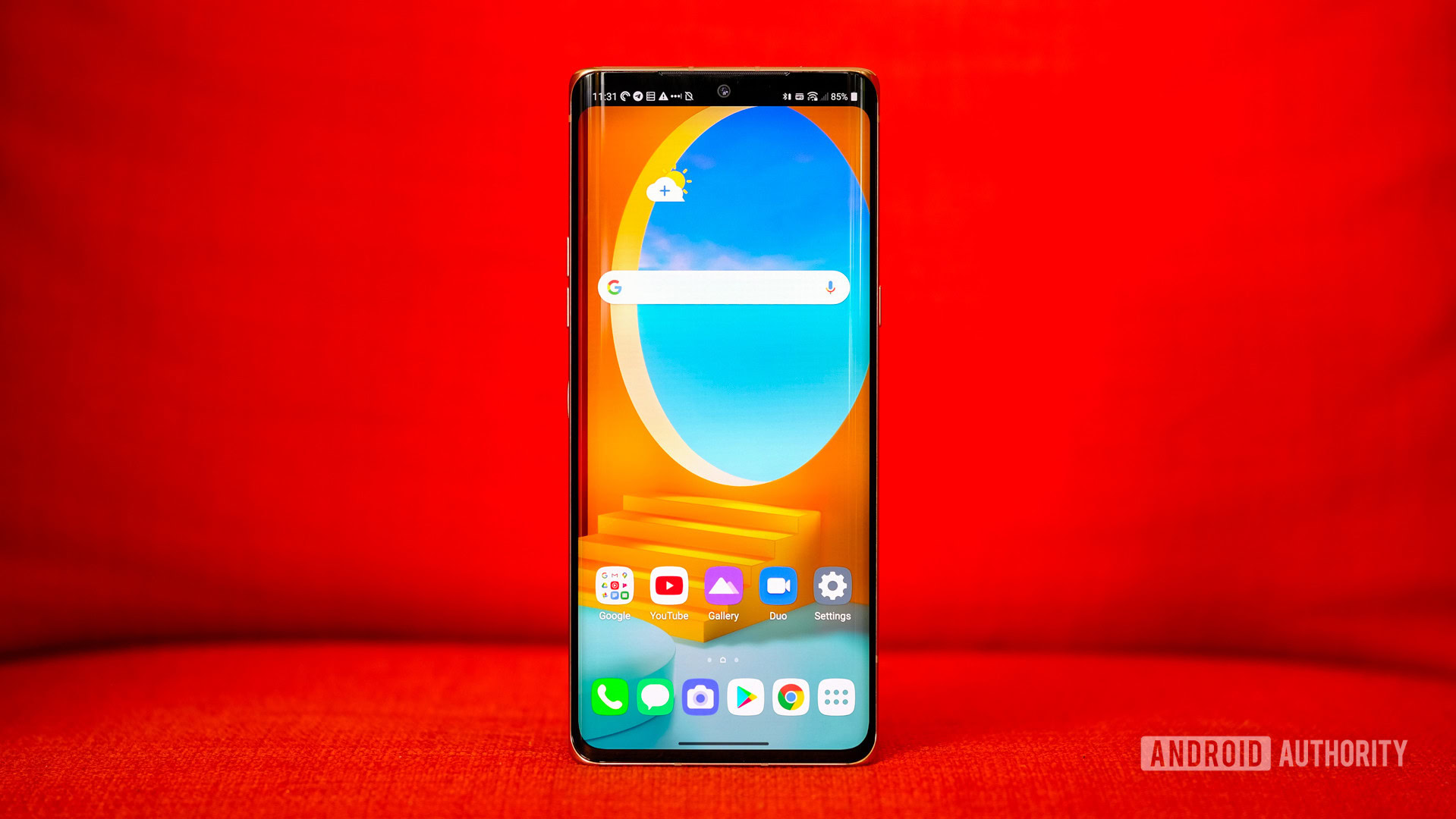
In the past, LG used POLED displays in its own flagship smartphones like the Velvet and Wing. However, these panels fell slightly short of the competition in certain aspects like peak brightness and color gamut coverage. These shortfalls led to speculations that Samsung has a leg up over the competition, but the accuracy of these claims is anyone’s guess.
So does that mean you should avoid POLED? Not quite — it’s still fundamentally OLED technology, which offers numerous advantages over IPS LCD. You’ll mostly find POLED displays in mid-range and budget smartphones these days, where they should have no problem matching Samsung’s own lower-end AMOLED panels. As a relatively smaller player, LG may also offer more competitive pricing as compared to Samsung. And that may even make POLED viable sub-flagship smartphones trying to cut costs.
Samsung’s AMOLED panels feature in the vast majority of flagship smartphones today. POLED is making a comeback in the mid-range market.
For most consumers, the choice between POLED vs AMOLED will be of little consequence. The underlying principle — an active-matrix OLED on a flexible plastic substrate — applies equally to both, after all. Despite the different names, LG Display and Samsung aren’t worlds apart in their approach to producing OLED panels for smartphones.